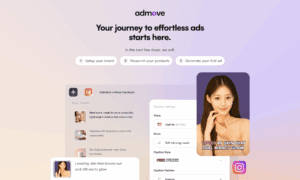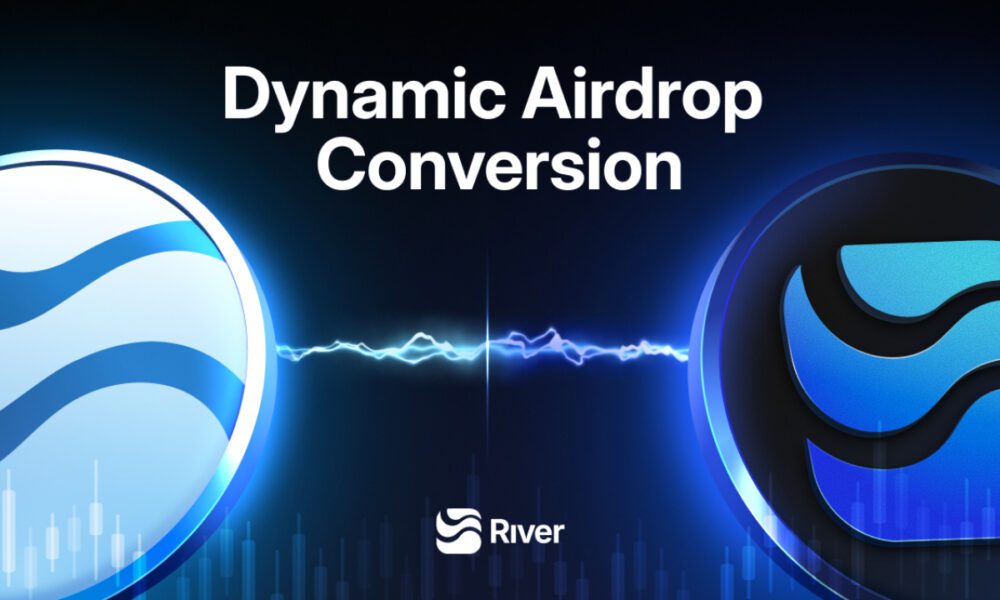Social media has transformed from a platform for casual connections to a thriving marketplace where influence translates into income. Today, creators, bloggers, and influencers are not just building audiences—they’re building empires. But how exactly does one turn online fame into a sustainable revenue stream? From sponsored posts to affiliate marketing, this article dives into the financial strategies that transform social media clout into cold, hard cash.
The Rise of Influencer Finance: More Than Just Likes
Gone are the days when social media was solely about sharing photos or witty captions. Now, platforms like Instagram, TikTok, and YouTube serve as launchpads for lucrative careers. According to recent studies, the global influencer marketing industry is projected to reach $85 billion by 2028, proving that monetizing online influence is no longer a niche endeavor—it’s big business.
However, success doesn’t happen overnight. Influencers must strategically leverage their unique voice, niche expertise, and audience trust. For instance, beauty expert collaborate with cosmetic brands, while fitness enthusiasts partner with supplement companies. The key lies in aligning monetization efforts with authentic content. After all, audiences can quickly detect insincerity, which risks both credibility and revenue.
Sponsored Content: The Backbone of Influencer Income
Sponsored posts remain the most straightforward way for influencers to monetize their platforms. Brands pay creators to feature products, services, or campaigns in their content. A travel influencer might showcase a hotel stay, while a tech reviewer could unbox the latest gadget. The payment structure varies: some charge per post, while others negotiate long-term contracts.
That said, transparency is critical. Regulatory bodies like the FTC require influencers to disclose paid partnerships using hashtags like #ad or #sponsored. Failing to do so can lead to legal repercussions and audience distrust. Additionally, creators must strike a balance between sponsored and organic content to avoid overwhelming followers with promotions.
Affiliate Marketing: Earning Commissions Through Recommendations
Another powerful revenue stream is affiliate marketing. Here, influencers share custom links or discount codes with their audience, earning a commission for every sale generated. Amazon Associates, Shopify Affiliate Programs, and RewardStyle are popular platforms enabling this model.
For example, a fashion influencer might link their favorite dress in a TikTok video. If a follower purchases it using their code, the influencer earns a percentage. The beauty of affiliate marketing lies in its scalability: a single viral post can generate passive income for months. However, success depends on promoting products that resonate with the audience. Overpromotion or irrelevant recommendations can dilute engagement.
Selling Products and Services: From Merch to Masterclasses
Beyond partnerships, many influencers launch their own products or services. This approach not only diversifies income but also strengthens brand loyalty. Popular options include:
- Merchandise: Custom apparel, phone cases, or accessories featuring catchphrases or logos.
- Digital Products: E-books, presets, or templates tailored to their niche (e.g., fitness plans, photography guides).
- Online Courses: Masterclasses teaching skills like content creation, investing, or cooking.
Take YouTuber Emma Chamberlain, for instance. She expanded her coffee brand, Chamberlain Coffee, into a multi-million-dollar business. Similarly, finance influencers like Graham Stephan offer courses on personal investing. By monetizing their expertise, creators reduce reliance on third-party brands.
Subscription Models: Exclusive Content for Loyal Fans
Platforms like Patreon, OnlyFans, and Substack empower influencers to offer premium content through subscriptions. Followers pay a monthly fee for exclusive access to behind-the-scenes videos, tutorials, or private communities. This model fosters deeper connections while providing predictable income.
Podcasters, for example, often release bonus episodes for subscribers. Meanwhile, artists might share early access to new work. The challenge? Consistently delivering value to justify recurring payments. Creators must innovate to retain subscribers, whether through Q&A sessions, personalized shoutouts, or member-only discounts.
Challenges in Monetizing Online Fame
While the opportunities are vast, the path to financial success isn’t without hurdles. For starters, social media algorithms are notoriously unpredictable. A sudden change can plummet reach and engagement, directly impacting earnings. Additionally, influencer markets are becoming saturated, making it harder for newcomers to stand out.
Moreover, income instability is a common concern. Unlike traditional jobs, influencer revenue fluctuates based on trends, brand budgets, and audience behavior. Diversification is essential—relying on a single income stream is risky. Lastly, mental health struggles, such as burnout or cyberbullying, add emotional strain to the pursuit of online fame.
The Upcoming of Influencer Finance: Trends to Watch
As the industry matures, new trends are reshaping how influencers monetize their platforms:
- NFTs and Digital Ownership: Creators are selling NFTs (non-fungible tokens) to monetize digital art or exclusive experiences.
- Virtual Influencers: AI-generated personas like Lil Miquela are securing brand deals, blurring the line between reality and CGI.
- Micro-Influencer Dominance: Brands increasingly partner with smaller creators (10k–100k followers) for higher engagement rates.
- Social Commerce: Platforms like Instagram Shop and TikTok Now allow direct purchases through app integrations.
These innovations signal a shift toward decentralized, tech-driven monetization. However, authenticity remains paramount. Audiences crave genuine connections, and influencers who prioritize transparency will thrive long-term.
Conclusion
Monetizing online fame is equal parts art and science. While sponsored posts and affiliate links provide immediate revenue, sustainable success requires adaptability and innovation. Influencers must stay ahead of trends, nurture audience trust, and diversify income streams to weather industry shifts. Ultimately, the rise of social media finance proves that anyone with a smartphone and a unique perspective can build a profitable career. Whether you’re a seasoned creator or an aspiring influencer, the key is to blend passion with strategy—transforming fleeting likes into lasting financial freedom.



































